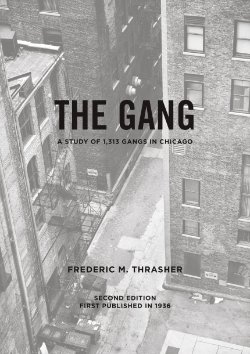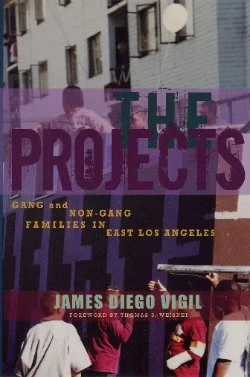By Richard Mendel
As The Sentencing Project documented in Why Youth Incarceration Fails: An Updated Review of the Evidence, compelling research proves that incarceration is not necessary or effective in the vast majority of delinquency cases. Rather, incarceration most often increases young people’s likelihood of returning to the justice system. Incarceration also damages young people’s future success in education and employment. Further, it exposes young people, many of whom are already traumatized, to abuse, and it contradicts the clear lessons of adolescent development research. These harms of incarceration are inflicted disproportionately on Black youth and other youth of color. Reversing America’s continuing overreliance on incarceration will require two sets of complementary reforms. First, it will require far greater use of effective alternative-to-incarceration programs for youth who have committed serious offenses and might otherwise face incarceration. Second, it will require extensive reforms to state and local youth justice systems, most of which continue to employ problematic policies and practices that can undermine the success of alternative programs and often lead to incarceration of youth who pose minimal risk to public safety. This report addresses the first challenge: What kinds of interventions can youth justice systems offer in lieu of incarceration for youth who pose a significant risk to public safety?1 Specifically, it identifies six program models that consistently produce better results than incarceration, and it details the essential characteristics required for any alternative-to-incarceration program – including homegrown programs developed by local justice system leaders and community partners – to reduce young people’s likelihood of reoffending and steer them to success.
Washington, DC: The Sentencing Project, 2023. 33p.




















